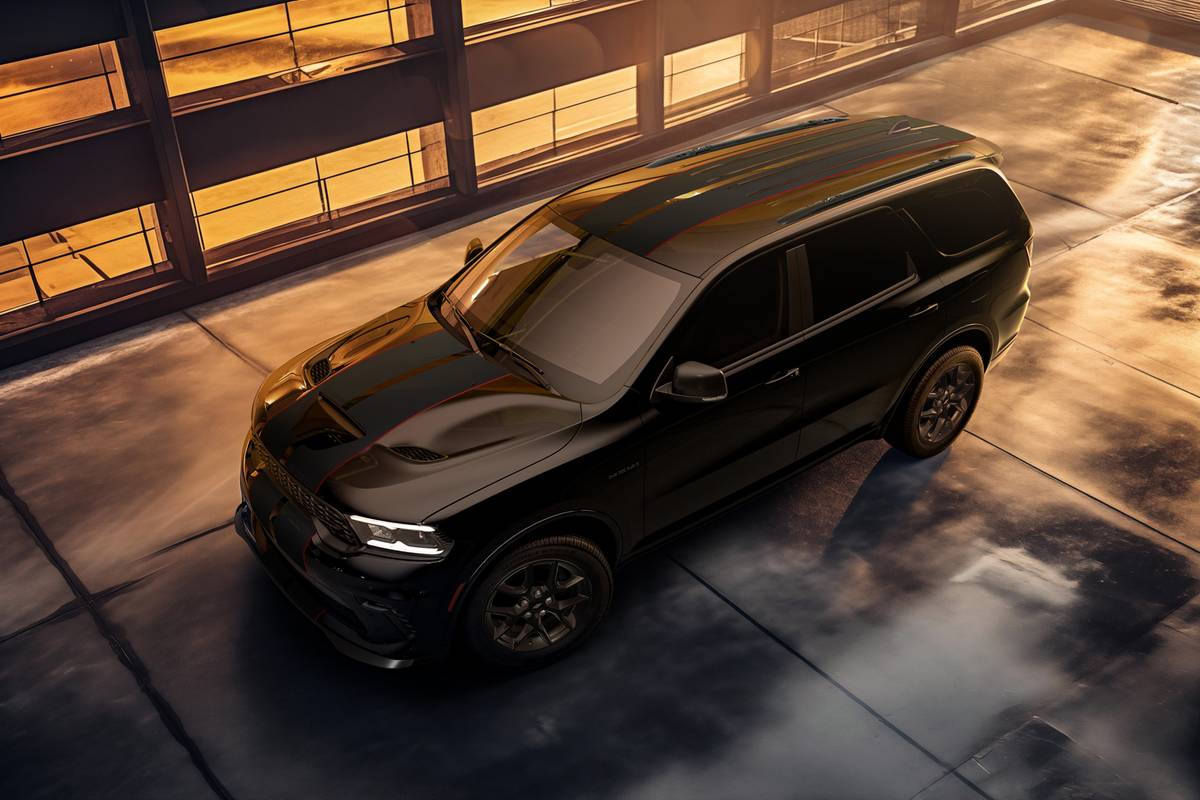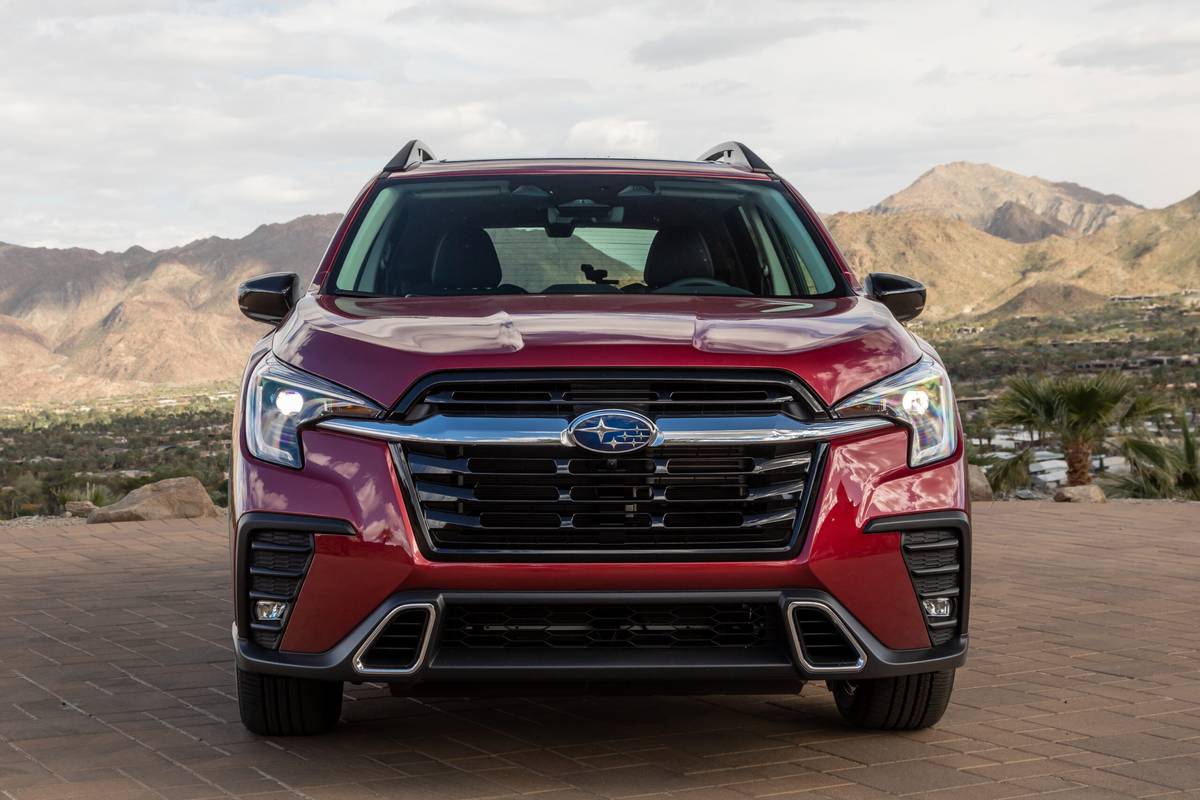Orlando Sentinel's view
You know how you go to a car show, see some really interesting looking concept vehicle, and say, “Gee, they oughta build that!”?
They did. It’s the Chevrolet Avalanche. Certain aspects of the Avalanche suggest that there’s a good reason why they don’t build all the show vehicles we see for mass consumption. Other aspects show why sometimes taking a chance, going with a gut instinct, is how technology advances.
That’s the Avalanche – a rolling enigma. The idea was to marry a pickup truck and a sport-utility vehicle, and toss in a little luxury sedan. A small and feverish faction of engineers within General Motors, clearly working somewhere out of sight and certainly out of mind, began developing a vehicle using, as a starting point, the chassis of a Chevy Suburban. That was a good place to begin, because the Suburban is based on the recently redesigned Silverado pickup truck, one of the best platforms GM has produced in years.
Pickup trucks and sport-utes have been melding into one for quite a while, as pickups get a full back seat and four doors, and sport-utes, such as the Ford Explorer, sprout a small bed, and become a SportTrak.
The Avalanche takes that further. Much further. Avalanche engineers wanted to create a vehicle that could comfortably seat five or six adults, yet carry more than can be crammed into a little abbreviated bed. In the way, they decided, was the back of the cab, containing the rear window and the front of the pickup bed, was in the way. So they created what they dubbed a “midgate,” which is a window and wall that can be made to disappear. Remove the window and stow it in its special little cubbyhole, then unhinge the wall beneath it and fold it down, then fold down the rear seat, and you have a bed that goes from 5.3 feet long, to 8.1 feet long, thus enabling an Avalanche to carry a 4’x8′ sheet of plywood.
Engineers in Detroit are fixated on 4’x8′ sheets of plywood, evidently assuming that, on a nearly daily basis, truck owners get calls from spouses saying, “On the way home can you pick up a loaf of bread, and, of course, some 4’x8′ sheets of plywood?” I have owned trucks pretty much without interruption since 1975, and I can count on one hand the times I’ve had to haul plywood. But, for whatever reason, truck engineers love to tell you about how many 4’x8′ sheets of plywood will fit. Great! Thanks!
The flaw in the Avalanche engineers’ plan, however, is that when you open the midgate, you are subjecting passengers to whatever elements exist from the rear, because there’s nothing left to block them out. Rain and freezing temperatures may persuade Avalanche owners to have their daily plywood shipment delivered. But in temperate climates, Avalanche owners have been known to remove the midgate just for the open-air sensation.
All this stuff works surprisingly well and would make the Avalanche a genuine innovation even if that’s all there was. But the engineers didn’t stop there. They enclosed the bed with a removable, lockable three-piece hard cover that turns the pickup bed into a giant trunk, keeping cargo out of the weather and away from prying eyes.
The inside of the rear fenders is hollow and has lockable doors that add even more storage space. And they have drains, so you can fill them with ice and use them as coolers. (If you met the Avalanche engineers, you’d understand how important it was to have an on-board beer chest.) And most of the rear of the Avalanche is made from composite material, so if you drop a full beer can, the bed won’t dent.
Finally, one of the neatest, simplest innovations: There are foot-sized slots in both sides of the rear bumper – you can just stick your foot in and step up so you have easy access to the bed.
So how does this work as transportation? Quite well. The test Avalanche was a Z66 model, meaning it was rear-wheel-drive; the Z71 models are four-wheel-drive. It was one of the least expensive Avalanches I’ve seen: Base price wa 245, with a bottom line of $33,961, after adding on destination ($720), a power sunroof ($1,095), a Premium On-Road Suspenson package and the Z66 stuff. That includes, 17-inch tires on aluminum wheels, special shock absorbers and springs, a locking rear differential and “aggressive floormats,” which suggests someone at Chevrolet needs a dictionary, and about $1,100 in other, less aggressive features.
Standard equipment includes air conditioning, a good stereo with a compact disc player, cruise control, front and side air bags, four-wheel anti-lock disc brakes and remote locking.
The engine is the GM corporate 5.3-liter, 285-horsepower V-8, with a four-speed automatic transmission. You can get a heavier-duty version of the Avalanche with an 8.1-liter, 340-horsepower V-8. Either will tow pretty much anything you want – 8,300 pounds for the 5.3-liter, an astounding 12,000 pounds for the 8.1-liter – so long as you hook it to the regular receiver mounted under the rear bumper.
Because of all the innovative stuff in the bed, the Avalanche won’t tow a gooseneck trailer, which is too bad – a lot of potential customers the Avalanche would appeal to need to tow gooseneck horse, car or travel trailers. I don’t know about you, but a 12,000-pound trailer that attaches under the bumper – no thanks.
On the road, the Avalanche feels heavy, because it is – 5,437 lbs. for the two-wheel-drive version, about 250 lbs. more for the four-wheel-drive model. But the 5.3-liter V-8 in the test truck had plenty of power, and the smooth automatic transmission is a good match for the engine. It isn’t as top-heavy as a Suburban, but this still is no sports car.
As a truck, it works well, though, and as a sport-ute, it works well. As a big sedan, it’s just fine. As for the styling, well, let’s just say some colors look better than others, because there’s no way to leave off all that charcoal gray plastic lower body cladding that was clearly inspired by the 2001 Pontiac Avalanche.
On a black Avalanche, that cladding sort of disappears; on a red one, it makes the truck look like it’s been dipped in the La Brea tar pits. Arguably better-looking is the Cadillac Escalade EXT, which is an all-dressed-up Avalanche with a $50,000 price tag.
Is the Avalanche a genuine ground-breaker, or the answer to a question nobody’s asking? Depends on your perspective. But hats off to GM for allowing some talented people to take some chances.
Base price: $30,245
Price as tested: $33,961
EPA rating: 21 mpg city, 28 mpg highway
Details: Front-engine, rear-wheel-drive truck – or something – powered by a 5.3-liter, 285-horsepower V-8 with a four-speed automatic transmission.
Latest news



